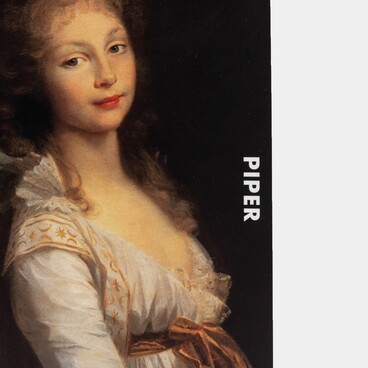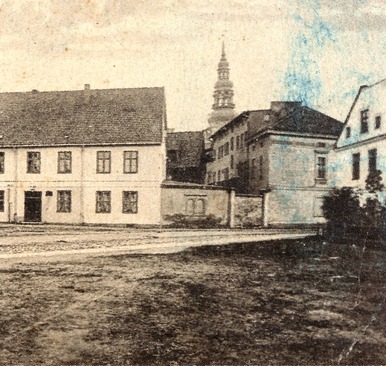The ceramic hot plate tile with a view of the Queen Louise Bridge was made in Lasdehnen (now Krasnoznamensk, Kaliningrad Province) and was on sale in Tilsit, in Gustav Zimmermann’s clothing and arts and crafts store. The image was watercolored and varnished. The grandsons of the store owner, Klaus and Jürgen Zimmermann, were born in Tilsit and lived at 28 Lindenstrasse (now 9 Lomonosov Street). They donated the item to the museum.
There were four pottery factories in East Prussia. Three of them — “Cadinen”, “Tolkemit”, and Oswald Bachmann Factories — were in what is now Poland, next to each other, around the town of Elbing (now Elbląg). The fourth was in Lasdehnen.
“Cadinen” is the most famous brand of East Prussian ceramics. There are two types of ceramics — terracotta (fired clay) and majolica (glazed painted ceramics).
“Tolkemit” was another ceramic firm in the city of the same name. The firm existed from 1935 to 1944 and produced mainly earthenware — vases and pots. During the war the firm produced several Christmas plates that are now rarities. The products of the factory were either monochrome or painted with patterns of berries and flowers.
East German ceramics factories of Oswald Bachmann (Ostdeutsche Keramische Werke Oswald Bachmann) were located in Elbing, the company existed from 1910 to 1944, the manufacturer had three types of trademarks. In the district of Elbing, one in ten families was engaged in ceramics production.
“Classic Lasdehnen” (Klassisches Lasdehnen) was
founded in 1932 in the city of the same name by Wilhelm Danilchik. The
manufactory produced pots, kitchenware and candlesticks. Items featuring
animals and painted cornflowers were especially popular. Unlike the three
above- mentioned factories, “Classical Lazdenen” exists in Germany even today
and continues to produce pottery under the same brand. The mark features the
word Lasdehnen written in black paint or embossed.



